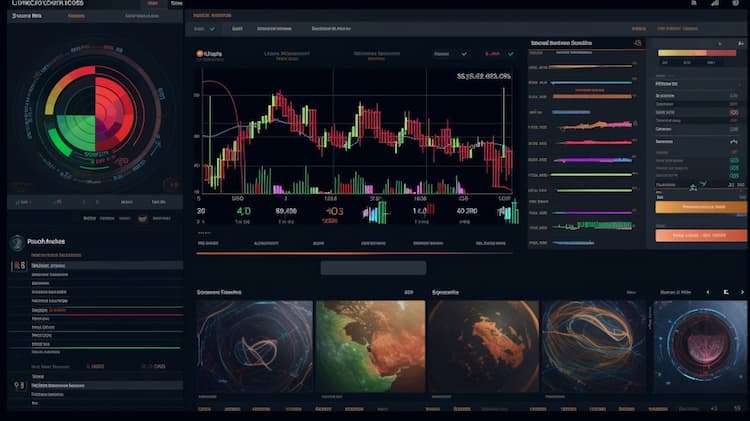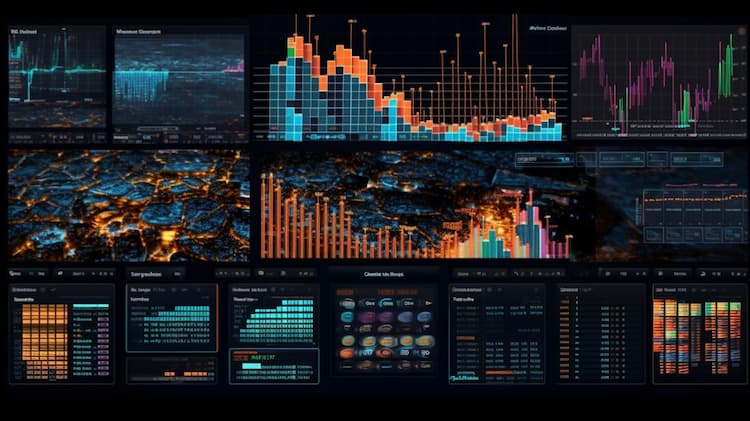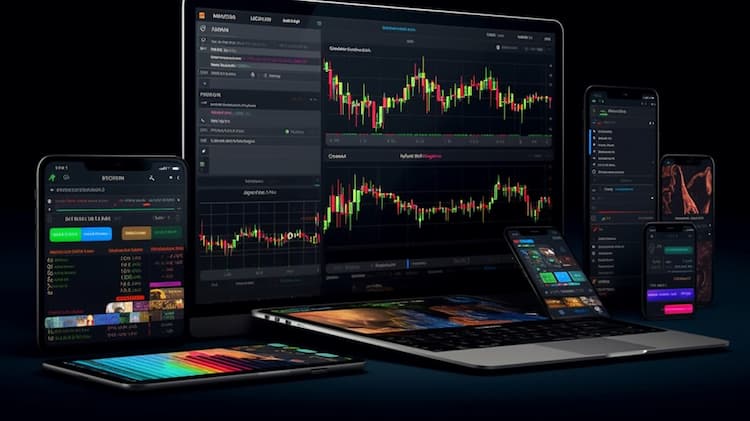
QQQ VS FTEC
Exchange-Traded Funds (ETFs) have become a cornerstone of modern investing, offering diversified portfolios tailored to various sectors and industries. In this article, we will embark on a comprehensive comparison between two prominent tech-focused ETFs: QQQ (Invesco QQQ Trust) and FTEC (Fidelity MSCI Information Technology Index ETF). We will delve into the key aspects of these ETFs, including their tickers, full names, issuers, sectors, top holdings, capitalization, strategy, tracking, and exposure.
QQQ VS FTEC: Overview
QQQ and FTEC are both tech-centric ETFs; however, they have different investment strategies within the technology sector. QQQ, also known as the Qubes or the Nasdaq-100 ETF, tracks the performance of the Nasdaq-100 Index, which includes a diverse range of tech giants like Apple, Microsoft, and Amazon. In contrast, FTEC aims to replicate the MSCI USA IMI Information Technology Index, offering broader exposure to the entire U.S. information technology sector. These varying focuses result in distinctive risk and return profiles, which we will explore further.
QQQ VS FTEC: Sectors and Top Holdings
QQQ primarily consists of large-cap tech companies like Apple Inc., Microsoft Corporation, and Amazon.com Inc. These giants dominate the Nasdaq-100 Index. On the other hand, FTEC encompasses a wider array of companies, including not only the tech titans but also mid-cap and small-cap firms involved in the information technology sector. By understanding the sectors and top holdings, investors can make informed decisions aligned with their investment objectives and risk tolerance.
 QQQ overlap QQQ VS FTEC
QQQ overlap QQQ VS FTEC
QQQ VS FTEC: Capitalization and Strategy
QQQ boasts a substantial asset under management (AUM), reflecting its popularity among investors seeking tech sector exposure. Its strategy involves tracking the performance of the Nasdaq-100 Index, which represents the largest non-financial companies listed on the Nasdaq Stock Market. FTEC's strategy centers around replicating the MSCI USA IMI Information Technology Index, offering a broader and more diversified approach. The variance in capitalization and investment strategy between these ETFs presents investors with different opportunities and risk profiles, necessitating careful consideration.
QQQ VS FTEC: Tracking and Exposure
QQQ aims to provide investors with exposure to the top 100 non-financial companies listed on the Nasdaq Stock Market. Its tracking method involves holding the actual stocks within the Nasdaq-100 Index, closely mirroring its performance. In contrast, FTEC tracks the MSCI USA IMI Information Technology Index, which encompasses a more extensive selection of U.S. technology companies, including smaller and mid-sized firms. Understanding the differences in tracking and exposure strategies is vital for investors to choose the ETF that aligns with their specific investment objectives and risk appetite.
Conclusion
QQQ and FTEC are two distinct ETFs, each offering a unique approach to investing in the technology sector. To gain deeper insights into their holdings, correlations, overlaps, and other critical aspects, investors can turn to ETF Insider—an invaluable tool for exploring the world of ETFs and financial instruments. With its user-friendly app, it provides comprehensive details on these and many other investment options.
Disclaimer: This article does not provide any investment advisory services. It is for informational purposes only, and investors should conduct their research and consult with financial professionals before making investment decisions.
QQQ ETF issuer
QQQ ETF official page
QQQ quote and analysis
Discover the top holdings, correlations, and overlaps of ETFs using our visualization tool.
Our app allows you to build and track your portfolio.
To learn more about the QQQ Invesco QQQ Trust, access our dedicated page now.




















